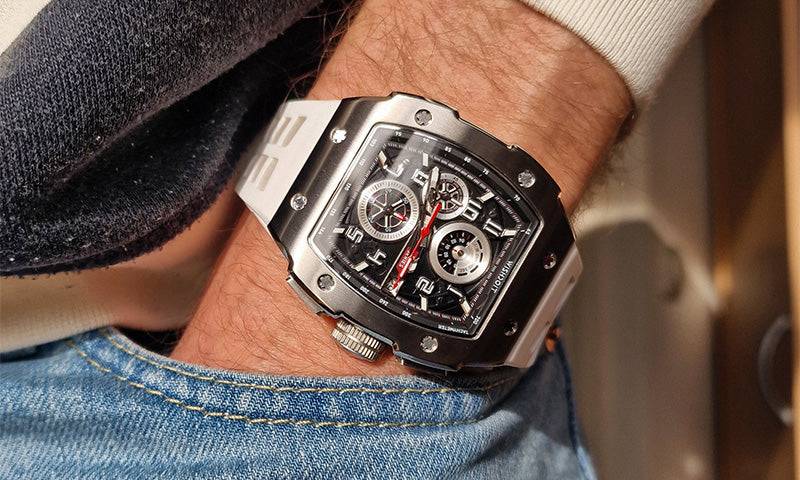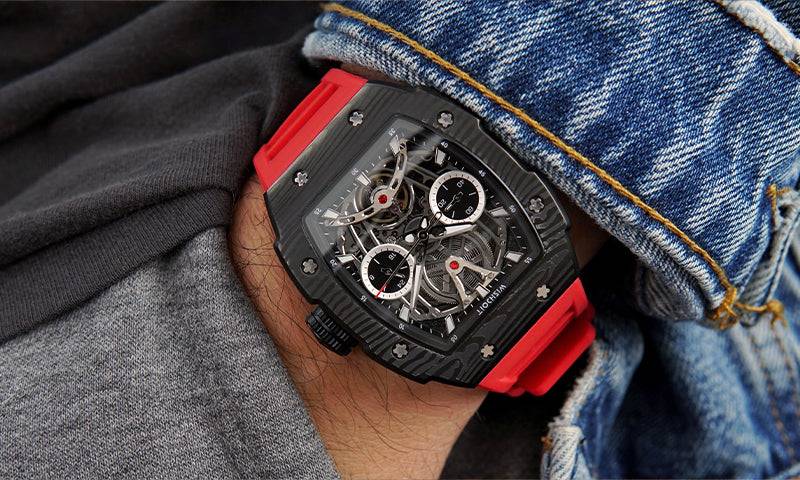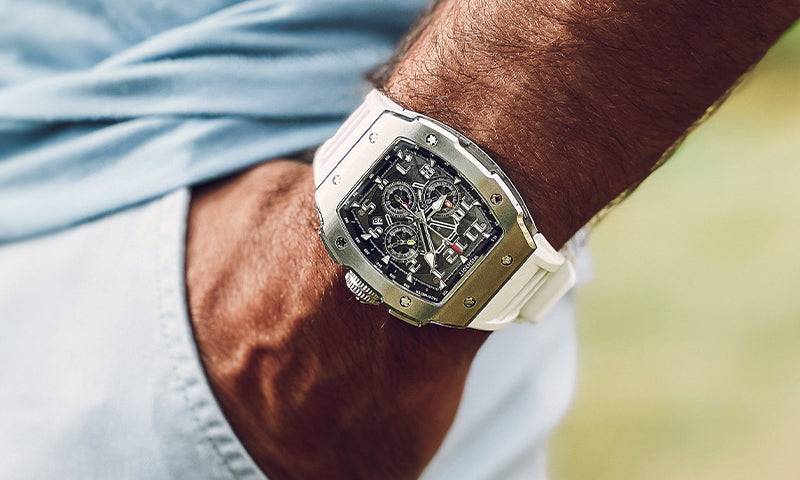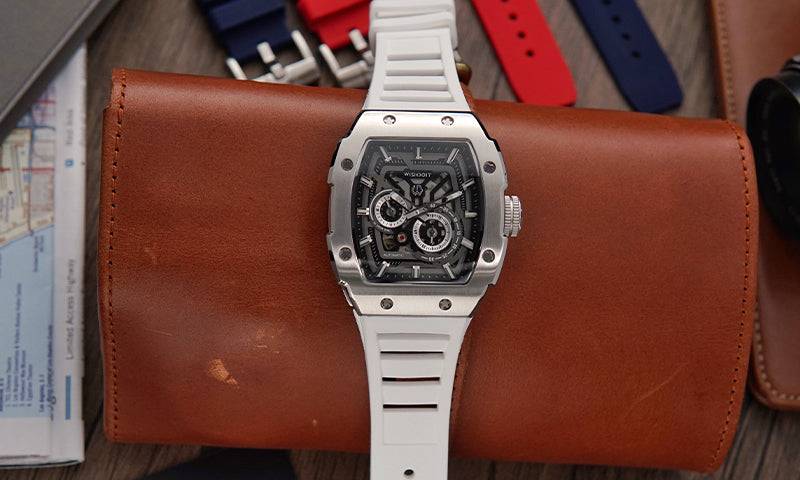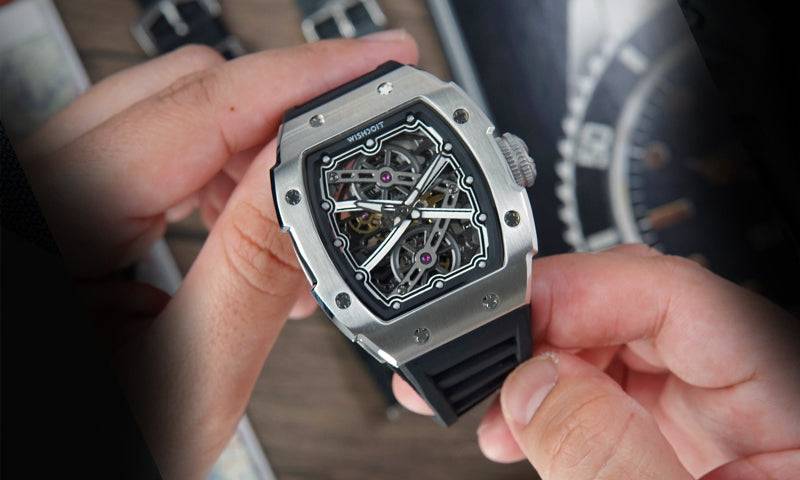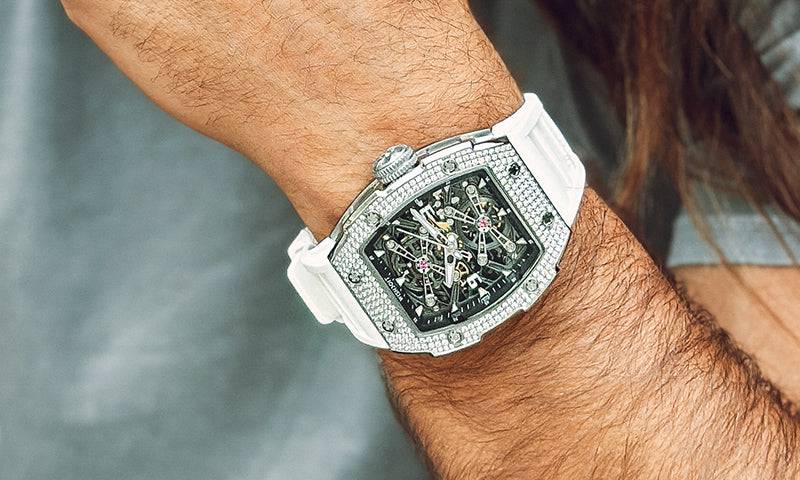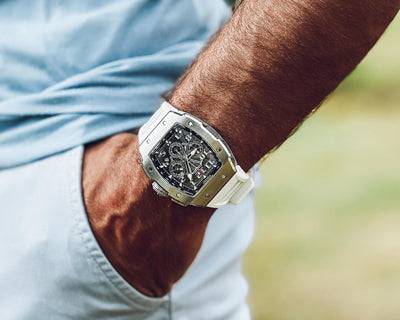Blogs
UNESCO Honors Watchmaking as Cultural Heritage
Who invented the tourbillon watch?
The tourbillon watch, a testament to precision and innovation in horology, was unveiled in 1795 by Swiss-French watchmaker Abraham-Louis Breguet. Born from a pursuit of accuracy, the tourbillon countered gravitational effects on the balance wheel, a challenge in pocket watches of the era. This intricate mechanical system, housed in a rotating cage, averaged out positional errors caused by gravity, elevating watchmaking to new heights. Over time, the tourbillon evolved into a symbol of haute horlogerie, showcasing craftsmanship and artistry.
Despite technological advances, it persevered as a symbol of mechanical mastery. In the 21st century, watchmakers push boundaries with modern materials, creating tourbillons of unprecedented precision. Owning a tourbillon became a status symbol, celebrating the journey of innovation and passion in timekeeping. The tourbillon is not just a timekeeping mechanism; it's a journey through centuries of craftsmanship and human ingenuity, leaving an indelible mark on the world of horology.
Watch Knowledge
Difference Between Quartz, Mechanical and Automatic Watches
While most watch buys depend exclusively on the outside, a man who has an eye for detail will value the instrument within a watch.
Affordable Round Watches: Top Picks Under $200
Who invented the round mechanical watch?
When you glance at your wrist and see that classic round dial, you’ll know that you’re wearing a piece of history, one that has evolved over centuries to become the epitome of style and precision.
So, who invented the round mechanical watch? While no single person can claim that title, it was watchmakers like Breguet who perfected and popularized it, ensuring that this timeless design would remain a staple of horology for generations to come.
Sports&Watches
Goodwood Revival 2024 - Watches, Cars And Old-World Glamour
Who invented mecaquartz watch?
In the captivating world of horology, the mecaquartz movement stands out as a brilliant fusion of tradition and modernity, capturing the hearts of watch enthusiasts globally. This ingenious technology combines the precision of quartz with the mechanical charm of traditional chronographs, offering the best of both worlds. Jaeger-LeCoultre, with their pioneering Caliber 630 in 1987, and Seiko, with their robust Caliber 7A28, are the masterminds behind this hybrid innovation. Their inventive spirit pushed the boundaries of watchmaking during a time when the Swiss industry was rebounding from the quartz crisis.
Today, mecaquartz watches are celebrated for their unique blend of quartz accuracy and mechanical sophistication. Brands like Breitling, TAG Heuer, and even fashion watchmakers have embraced this technology, making it accessible to a wider audience. At Wishdoit, we honor this remarkable horological marvel, reflecting the artistry and ingenuity that define the world of luxury watches. Explore our collection and experience the captivating charm of mecaquartz timepieces.




